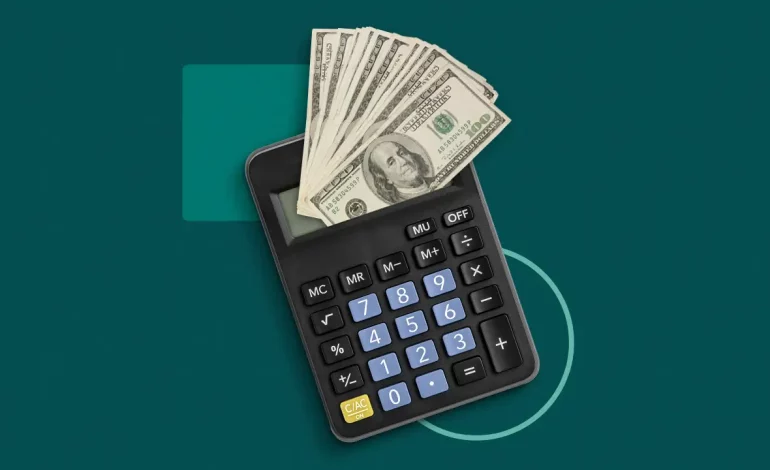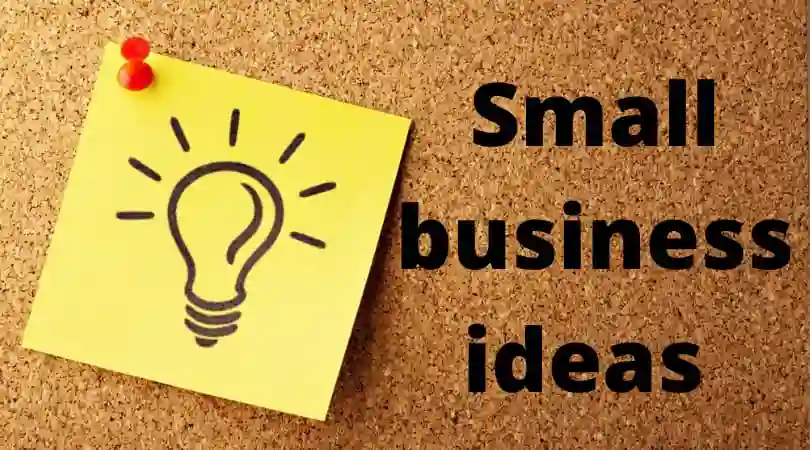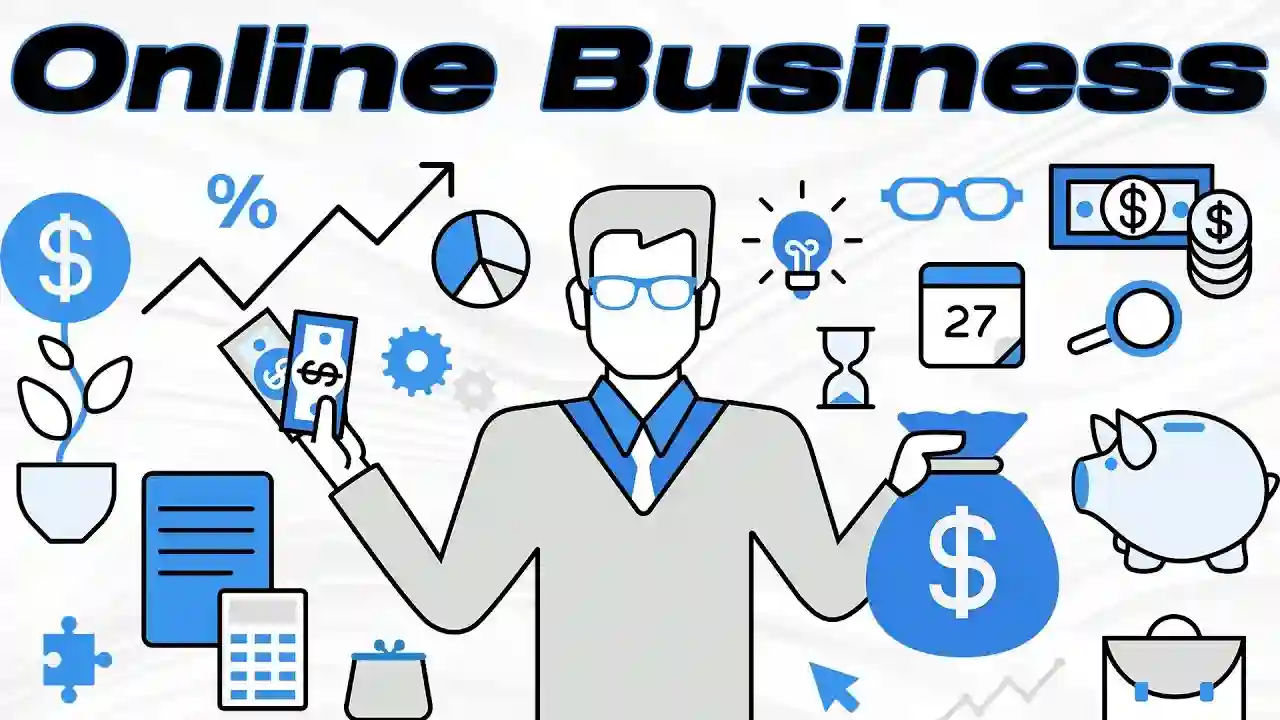How a Microloan Can Help Your New Small Business

A micro loan is an excellent option for a small business that doesn’t qualify for a traditional bank loan because of lack of healthy cash flow or poor credit history. These loans can be obtained from mission driven organizations, online lenders and peer-to-peer funders.
Grameen America, for example, disperses microloans to women in developing countries with a focus on entrepreneurship and financial training. They also report repayments to Experian, helping borrowers improve their credit scores.
Getting a Microloan
A microloan is a small business loan that’s usually less than $25,000. They are often offered by nonprofit organizations like Kiva and Accion or intermediary lenders that work with the Small Business Administration (SBA).
A personal guarantee or collateral is typically required in order to obtain a micro loan. This means that if your company defaults on the loan, the lender will be able to recover the funds through your personal assets.
Many microlenders are interested in supporting businesses that align with their mission and values, such as empowering women and minority-owned companies. They also focus on lending in underdeveloped communities and countries. In general, these lenders want to see a clear business plan that illustrates how you will generate revenues and how you will repay the loan.
The good news is that unlike other traditional lenders, microlenders tend to put less emphasis on your credit score when reviewing loan applications. However, if your score is low or you have serious financial problems, it’s worth trying to boost your credit rating and reviewing your business financial records before applying for a microloan.
If you’re looking for a micro loan, compare rates and terms across lenders to find the best deal. You can also apply for prequalification to determine if you’re eligible for certain loans before filling out an application.
Microloan Requirements
In general, if you’re interested in getting a micro loan, you should be familiar with the basic requirements that apply to all applicants. Most of the time, these requirements are similar across lenders. However, some organizations may have specific requirements that they use to evaluate applications. For example, they may only lend to certain types of small businesses or they may require that you have a certain amount of business experience.
In addition to these requirements, there are also many other factors that can make or break your chances of getting a 소액대출. For example, you will need to understand how much your credit score is likely to affect your application. Typically, microlenders are willing to offer loans to entrepreneurs who have a low credit score but can demonstrate that they are able to pay back the debt in a timely manner.
Lastly, some microlenders require that you attend classes or other training to help your business grow and become successful. In fact, the Small Business Administration (SBA) requires that intermediary SBA lenders that make micro loans provide this type of support to their borrowers.
Other than setting some parameters around interest rates and eligibility, the SBA takes a backseat to the process of making micro loans. Intermediary SBA lenders determine how to qualify borrowers and which business will receive micro loans, which gives them a lot of flexibility in the process. In general, these lenders will look for a clear vision of how the business operates, what market its targeting and how the business intends to grow. They will also require some form of security for the loan, such as equipment or inventory. In some cases, the micro loan will need to be used to pay off existing debt or purchase real estate, but these are exceptions rather than the rule.
Microloan Benefits
A microloan is a good option for entrepreneurs who lack the startup funds to create or grow their businesses, as well as those who have poor credit scores that prevent them from qualifying for traditional business loans. The good news is that many lenders offer microloans to borrowers with average or better personal and business credit, although you may need to provide collateral and/or sign a personal guarantee to secure your loan.
Additionally, unlike traditional lending institutions, most microlenders have flexible guidelines for loan approval and can take into account a wide range of factors when making decisions on a loan application. Some of these factors may include a business plan, an established source of revenue, and the financial health of your company. Additionally, some microlenders are focused on specific types of startups or businesses, such as those with social goals or that operate in a certain geographical area.
Some examples of microloan programs that have specific criteria include Accion Opportunity Fund, Grameen America, and Kiva. These organizations also provide other resources and coaching to assist borrowers, including training in how to run a business, as well as financial education. Other funding solutions that can work well for small businesses are invoice factoring and financing, where a factoring or financing company advances cash against unpaid invoices. These alternatives are often easier to qualify for than traditional 적금계산기, but you should always weigh your options and choose the solution that best meets your needs.
Microloan Alternatives
If you aren’t sure a microloan is the right fit for your business or can’t qualify, you may want to explore alternative small business financing options. A small business credit card, for example, offers similar benefits to a micro loan and often has less restrictive standards for who qualifies. However, you’ll likely pay higher interest rates and it can take longer to receive the funds — especially if you need the money immediately.
Microloans are available from a variety of sources, including nonprofit community organizations and government agencies. One of the most prominent is the Small Business Administration’s microloan program, which serves entrepreneurs in rural communities. The USDA also runs a microloan program that focuses on young farmers or agricultural operators who have nontraditional operations. There are a variety of other lenders who provide microloans, too. These include mission driven organizations, online and alternative lenders and peer-to-peer funders.
For instance, Accion USA provides microloans to street vendors and other entrepreneurs who have difficulty accessing traditional financing. These lenders may offer different terms, fees and interest rates, so it’s important to research them carefully before committing to any one lender. Another source of microloans is crowdfunding platforms, which connect borrowers with investors looking to earn potentially high returns. These platforms typically charge administrative fees to process loans for borrowers and collect payments for investors.






